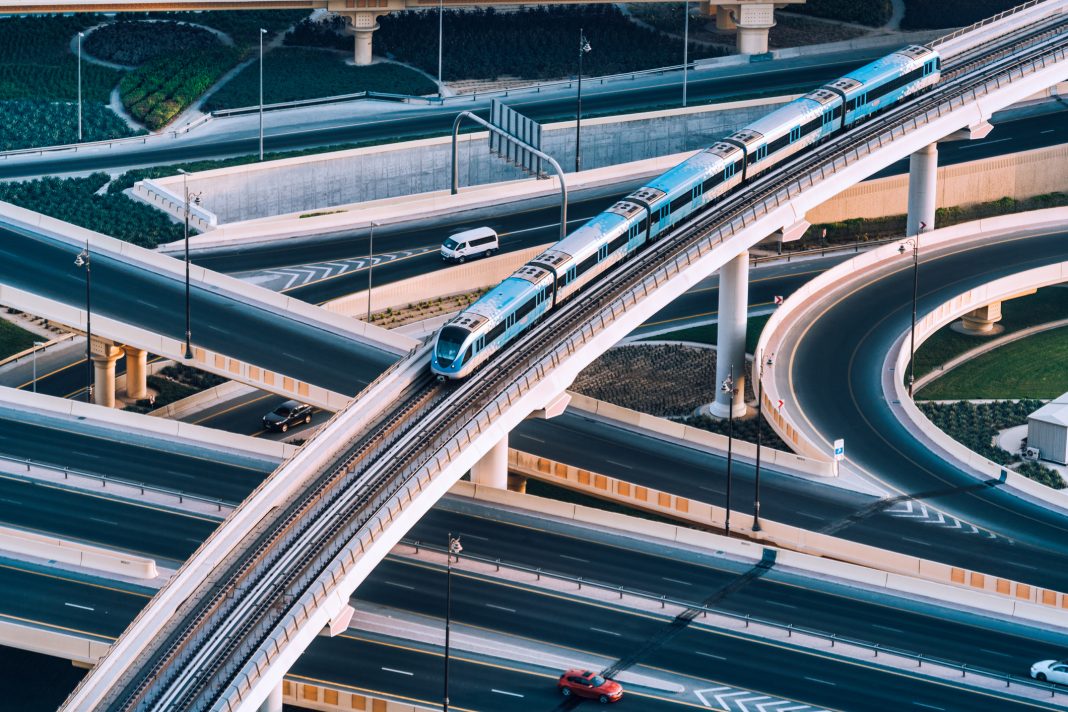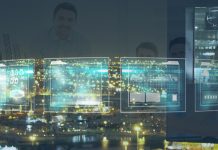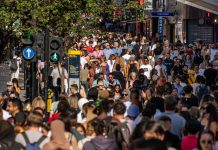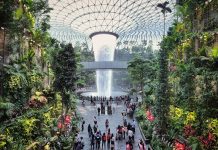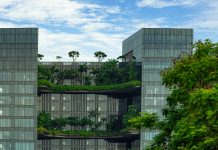Artificial intelligence can be a game-changer in the mission of modernizing urban development, especially when it comes to transportation infrastructure
Planning and maintaining communities in the modern world is as simple as threading a needle with an elephant. Under the best of circumstances, urban planning requires tremendous amounts of data, foresight and cross-department cooperation.
But when also accounting for the most pressing issues of the day – climate change and diversity, equity and inclusion, among others – a difficult job suddenly becomes a Herculean task.
Modern challenges require modern technology, and no contemporary tool is more powerful or consequential than artificial intelligence.
The inherent need in urban planning to process and interpret numerous disparate streams of data while responding to dramatic changes in the moment is an undertaking layered with complexity.
With the muscular computing capacity and deep-learning capabilities to help optimize an elaborate web of systems and interests – including transportation, infrastructure management, energy efficiency, public safety and citizen engagement – artificial intelligence can be a game-changer in the mission of modernizing urban development.
Optimizing transportation infrastructure
Transportation infrastructure is what often comes to mind when the subject of urban development is raised – and with good reason. It’s a complex and critical challenge that requires a great deal of resources and calls for a variety of (occasionally competing) solutions.
City life features the mingling of automobiles, pedestrians and even pets, and considerations such as public transportation, bicycle traffic and rush hour surges complicate any optimization project.
So, too, do the grids and topography that are unique to every city. But with advanced video analytics software that is designed to leverage existing investments in video to identify, process and index objects and behavior from live surveillance feeds, city systems can account for and better understand factors such as traffic congestion, roadway construction and vehicle-pedestrian interactions.
City systems can account for factors such as traffic congestion, roadway construction and vehicle-pedestrian interactions
AI technologies empower urban developers with the ability to glean insights from existing surveillance networks, allowing for best-case city planning that serves the greater public good.
Enhancing urban life and communities
The only constant for urban communities is change. City populations grow and contract. A restaurant opens while a shopping mall shutters its doors. New crime hotspots and pedestrian bottlenecks materialize without warning.
Previous initiatives may go underutilized or fall short of demand. For urban developers, the goalposts are always being moved – which makes city planning both exceptionally knotty and vitally necessary.
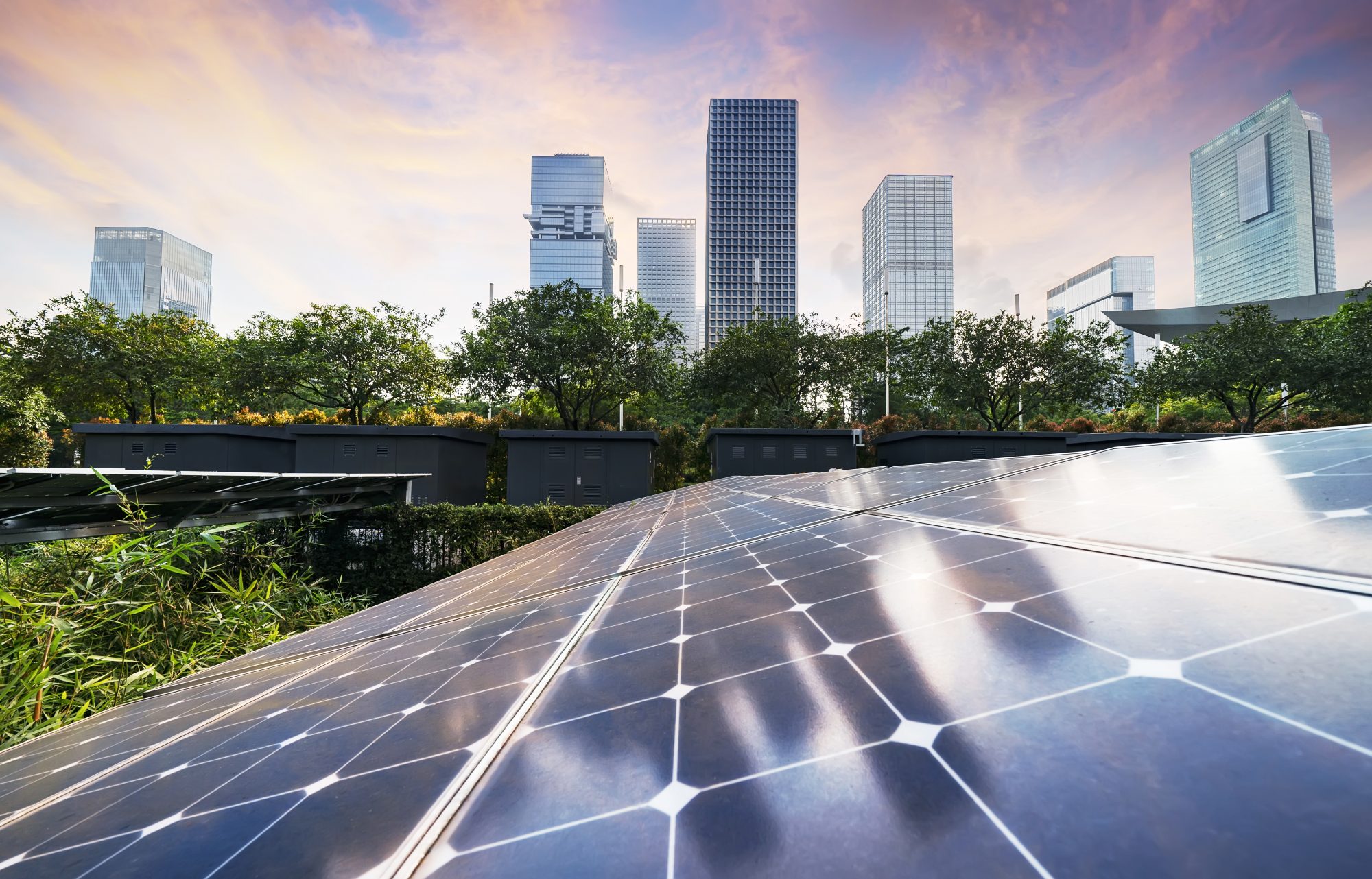
Video analytics software can help city planners and decision-makers identify certain trends – and even help predict others – before they become intractable challenges. Data from CCTV surveillance can be processed using AI, providing urban developers with the information they need to make the most efficient use of city resources while meeting the needs of the public.
Where might a city create green spaces that serve the most citizens? What’s the ideal spot to plan a farmer’s market or build a new skate park? AI-driven software helps city planners make sense of available data (which would be otherwise unmanageable and uninterpretable by human operators) to intelligently inform decisions and maximizing infrastructural investments, effectively saving community resources
Crossing department silos and data sharing
Communication and data sharing between departments and systems is a challenge for most cities, especially as populations grow and a community’s needs evolve over time.
Because city-powered CCTV video surveillance cameras have typically been used only for security and investigative purposes, many local government agencies and divisions that could benefit from their useful insights, may lack access – or simply be unaware of their value.
Local government agencies and divisions that could benefit from the useful insights of city-powered CCTV video surveillance
Smart cities are communities that have made a concerted effort to connect information technologies across department silos for the benefit of the public. Typically, that’s achieved through AI-driven technology, such as video analytics software, that taps into a city’s existing video surveillance infrastructure.
When information is shared across departments, urban developers have the tools to spot opportunities, inefficiencies or hazards – whether that be filling a pothole in a busy thoroughfare or adding streetlamps to a darkened (and potentially dangerous) corner of a city park.
Artificial intelligence has the processing muscle and dynamic interpretation skills to help cities not only address everyday problems, but also anticipate and address the most modern of challenges – such as pandemic preparation. With AI-powered solutions, urban planners can help develop their communities while keeping citizens and systems safer, healthier and stronger.
This piece was written and provided by Liam Galin and BriefCam.
Liam Galin joined BriefCam as CEO to take charge of the company’s growth strategy and maintain its position as a video analytics market leader and innovator.
Editor's Recommended Articles
-
Must Read >> COP27: Urban transformation and sustainable cities


